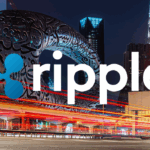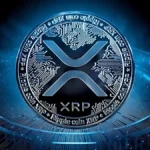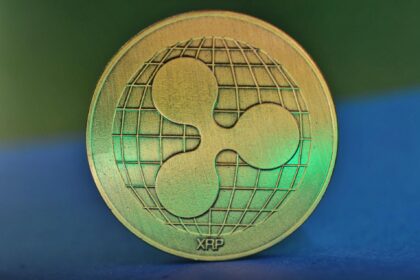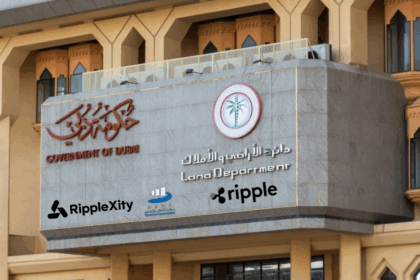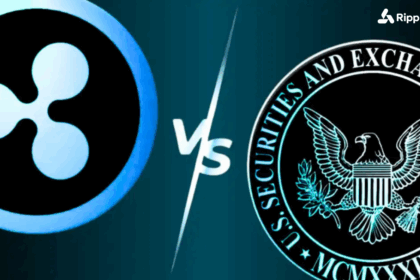In today’s hyperconnected world, money still moves like it’s the 1980s. Wire transfers can take days, settlement times are slow, and global banking systems are fragmented. Financial institutions are under pressure to modernize — and Ripple offers one of the most powerful solutions on the market.
Through the XRP Ledger (XRPL) and solutions like RippleNet and On-Demand Liquidity (ODL), Ripple is enabling real-time, low-cost, and transparent settlement — not in theory, but in production.
The Problem with Traditional Settlement
Even in the digital age, financial institutions deal with:
- 🕒 T+2 or T+3 settlement delays
- 💸 High intermediary fees
- ⚠️ Lack of transparency
- 🔁 Complex reconciliation and clearing processes
These inefficiencies tie up trillions in capital, increase counterparty risks, and limit access to financial systems — especially in emerging markets.
Ripple’s Real-Time Settlement Infrastructure
Ripple’s architecture is designed to collapse multi-day settlement cycles into seconds, using:
🔹 RippleNet
A global network connecting banks and payment providers for instant messaging, clearing, and settlement — all in one flow.
🔹 XRP Ledger (XRPL)
Open-source blockchain processing 3–5 second transactions at minimal cost, with finality and auditability built in.
🔹 XRP as a Bridge Currency
Used in ODL, XRP eliminates the need for pre-funded nostro accounts — allowing institutions to settle across currencies instantly, on demand.
Real-Time Settlement Use Case Flow
Let’s break it down:
- A bank in Singapore wants to pay a supplier in Kenya.
- Instead of converting SGD → USD → KES across 2–3 correspondent banks, the bank uses RippleNet.
- RippleNet routes the payment through XRP, settling in seconds, not days.
- Funds arrive instantly in local currency, with full traceability and finality.
Ripple vs. SWIFT in Settlement Speed
| Feature | Ripple (XRPL + ODL) | SWIFT (Traditional) |
|---|---|---|
| Speed | 3–5 seconds | 2–5 business days |
| Finality | Immediate | Delayed |
| Pre-funded accounts | Not needed (ODL) | Required |
| Transparency | Real-time | Limited |
| Intermediaries | None | Multiple |
Institutions Already Using Ripple for Settlement
Ripple is not just a protocol — it’s a growing financial infrastructure used by:
- Santander Bank
- SBI Remit
- Tranglo
- Pyypl
- Novatti
- And fintechs operating in Latin America, Asia-Pacific, and the Middle East
These institutions are settling billions in value, using Ripple to serve real customers across high-volume corridors.
Benefits for Financial Institutions
- 🏦 Capital Optimization: Free up funds stuck in pre-funded accounts
- 📉 Lower Operational Costs: Reduced fees, fewer errors, automated reconciliation
- 🔐 Compliance-Friendly: AML, KYC, and auditability integrated
- 🌍 Global Reach: Send and settle in markets previously considered “unbankable”
- ⏱️ Always-On: 24/7/365 liquidity and settlement
Final Thoughts
Ripple is reengineering the way money settles — not through speculative tech, but through infrastructure trusted by banks, regulators, and fintechs worldwide.
Real-time settlement is the future of global finance, and Ripple is delivering it now — one transaction, one corridor, one institution at a time.
At Ripplexity, we’ll continue tracking Ripple’s evolution as it powers the shift from slow wires to real-time value exchange.





